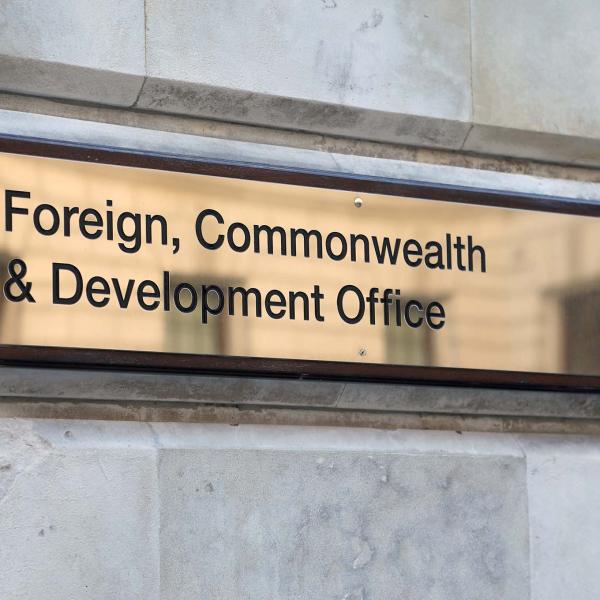Last week, Nobel laureate Muhammad Yunus lost his final court appeal to the Bangladesh Supreme Court to stay as managing director of the pioneering microlender the Grameen Bank. Regardless of whether or not his removal was politically motivated the criticism that his bank diverted aid cash to cover big losses, and any accompanying loss of faith in microfinance (the extension of very small loans to those in poverty designed to spur entrepreneurship), threaten the whole concept as a development tool. Especially exposed is India, where the sector has been in a deep crisis since 2010. In this observation we highlight new evidence from IFS researchers on how microfinance initiatives can be best designed.
One of the drivers of this crisis is said to be an irresponsibly fast growth of microfinance institutions, partly out of pursuit of profit (culminating in the IPO by SKS, of the largest microfinance institutions in India). In 2008 IFS research cautioned against the consequences of the overwhelming drive for microfinance institutions to become financially self-sustainable (subsequent journal article published in 2010). This argued that severe consequences could result, ranging from a mission drift to questionable practices employed by institutions.
In India it is argued that the growth and rise of private microfinance competes with the well-established, government-sponsored Self-Help Group (SHG) movement, which drives government intervention in Indian microfinance, culminating in an ordinance on October 14th 2010, which requires microfinance institutions (MFIs) to register with the state government and gives the state government the power to shut down MFI activity at its own cognizance.
In direct response, the Reserve Bank of India (RBI), released in January 2011 a report of the so-called Malegam committee appointed to study the regulation of microcredit in India.
Two key proposals of the report are:
- banning "individual liability lending" (where each household is responsible for its own debts) in favour of "group lending" (where several households are collectively responsible for their debts);
- introducing a ceiling on the annual family income for a household to be able to take out a loan from a microfinance institution.
What can we say about these proposals?
Recent research findings at IFS indicate that group lending delivers more benefits to borrowers than individual lending, giving support for the recommendation to ban individual liability in favour of group liability loans. IFS researchers recently analysed a randomised field experiment, which was conducted in collaboration with the European Bank for Reconstruction and Development (EBRD) and a leading Mongolian microfinance institution, XacBank, which wanted to expand its outreach to indigent rural borrowers, in particular women. As XacBank was unsure whether to deliver its services through group lending ('joint-liability') or individual lending the trial was set up to test which worked best. While no clear 'winner' stands out, the impact results indicate that overall, group liability lending results in greater benefits to borrowers. The study for example find a more sustained and more generalised increase in consumption in group loan villages, which seems to indicate that these loans are more effective than individual loan villages loans at increasing the permanent income of the households involved.
Banning individual liability loans may also not cause too much harm to lenders. In a recent study, for example, Gine and Karlan (2009) find no measureable difference in repayment rates between group and individual liability loans.
Nevertheless, the empirical evidence on the issue is so far scarce and inconclusive. More research is needed to justify the Malegam proposal.
More generally, until recently the debate on microfinance has been based on precious little rigorous empirical evidence. A flurry of new studies, however, are starting to provide more solid grounds for discussion (see for instance Banerjee et al for a study based in Hyderabad, India, 2010, Karlan et al, 2009 for one based in the Philippines). Researchers in EDepO at IFS are now adding to this debate with research on microfinance in Mongolia, Bosnia i Herzegovina and India.
Other findings of IFS researchers give input on the Malegam's proposal for an income ceiling. Their work suggests that there are possible benefits to this - but there are also risks. Using education as a proxy for income IFS researchers are able to show that the main beneficiaries of a Mongolian microfinance intervention, whether exposed to group or individual lending, are women that have only low education. Almost all outcome indicators looked at reflect this finding, suggesting that targeting microfinance at the poor may be sensible. However, the size of the suggested ceiling is not based on empirical evidence and in a country as diverse as India, with income as volatile, setting one income ceiling for all is highly questionable.
Furthermore, other work by IFS researchers shows possible negative effects of offering microfinance to poorer, less educated clients (in Bosnia). Our findings suggest that children just out of mandatory schooling age (16-19 years) of these microfinance clients are less likely to attend school and more spend more hours working on the business due to the loan made available.
Much additional work is needed to understand the impacts of micro finance institution and how these impacts are obtained. No single answer probably exists, which maybe should not be surprising as the contexts in which micro finance institutions operate are very diverse.










